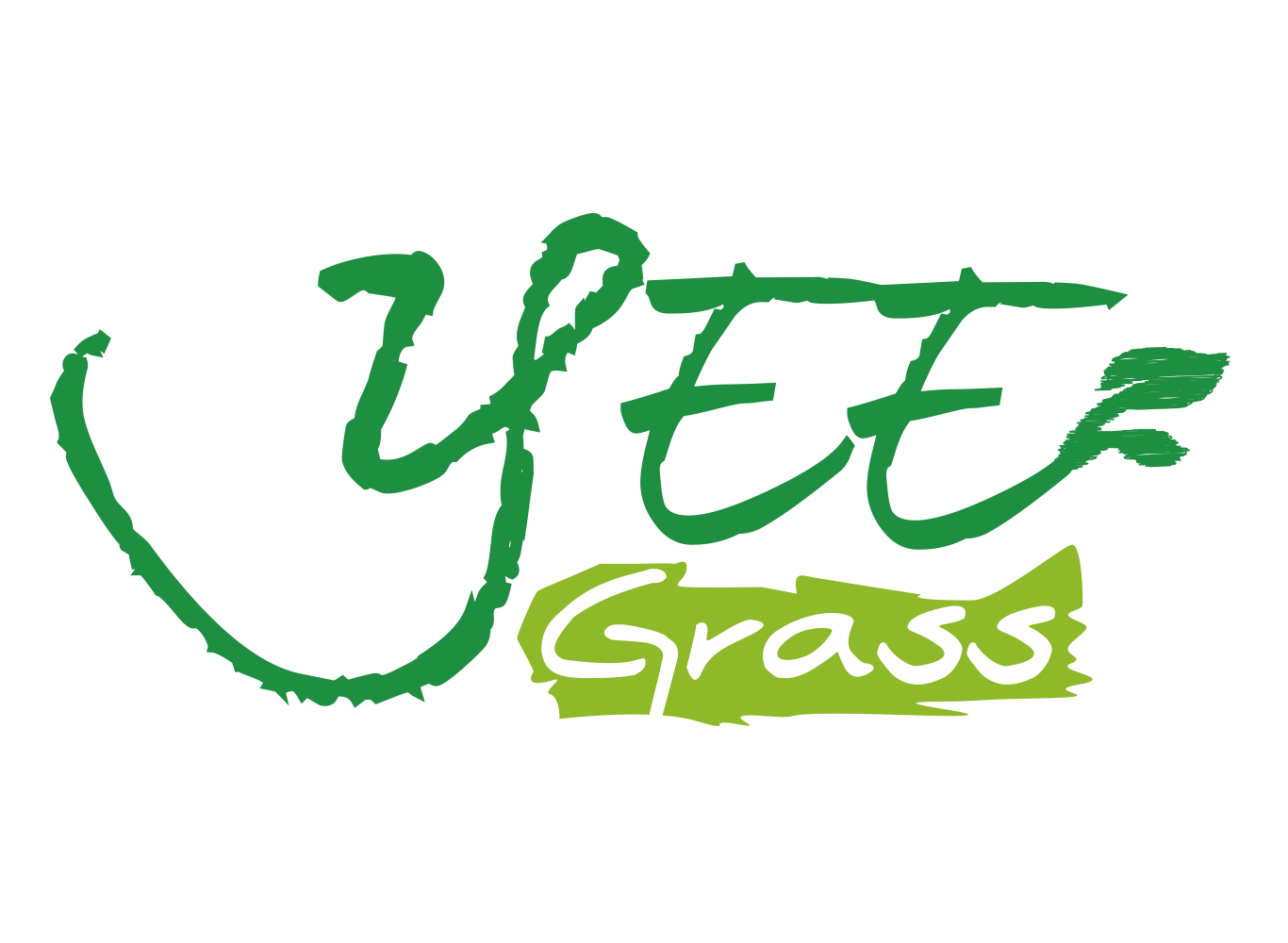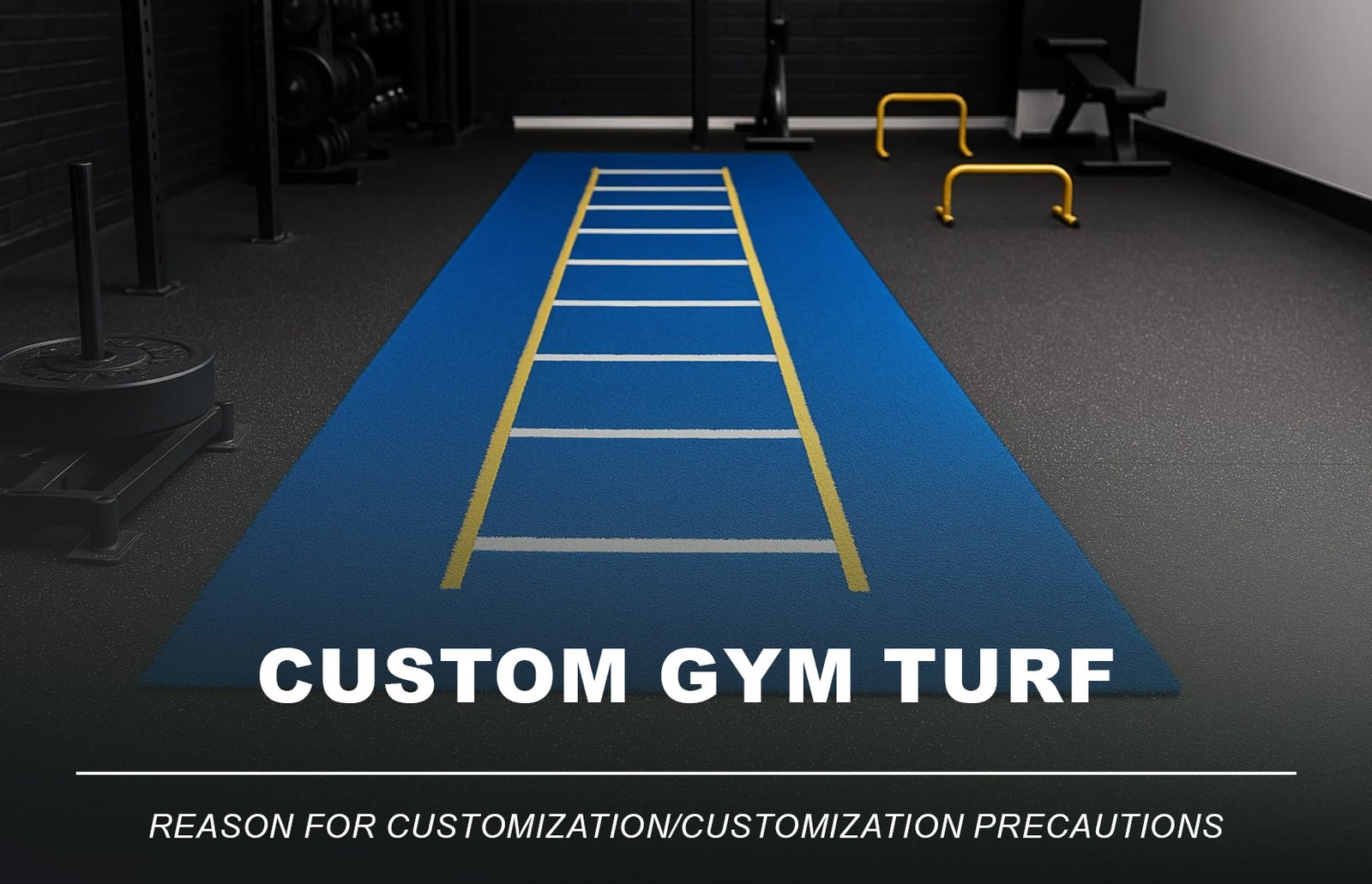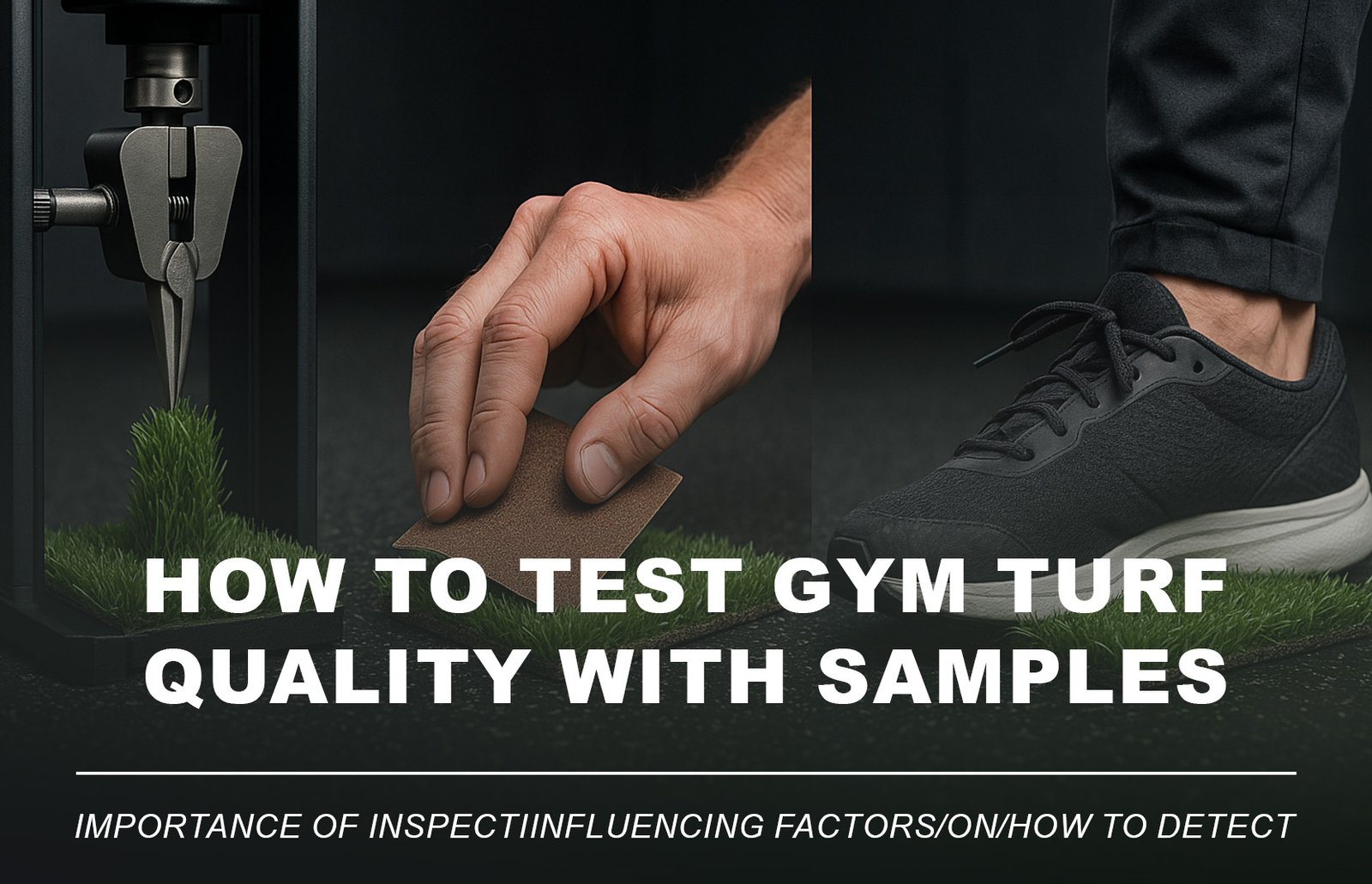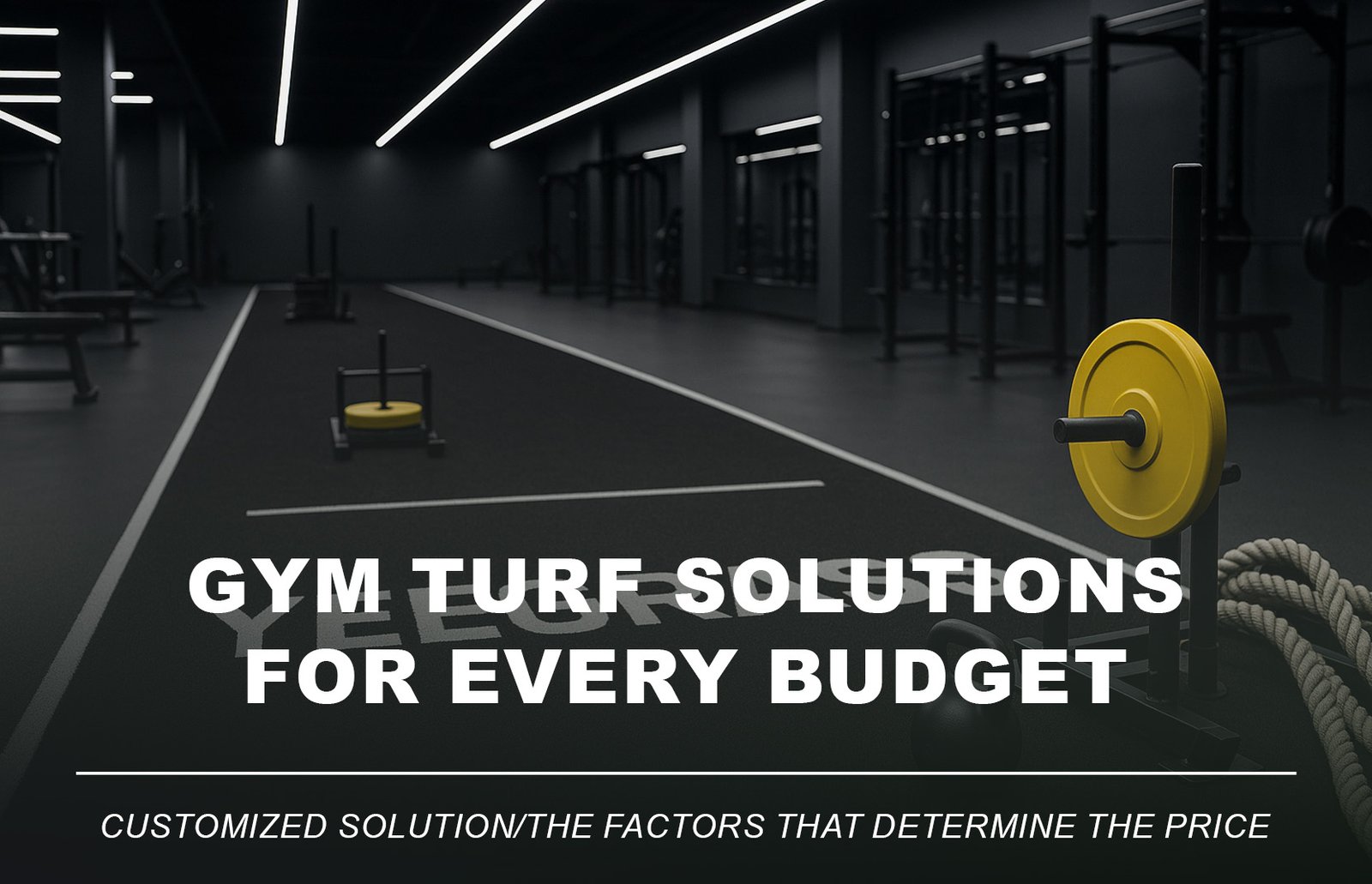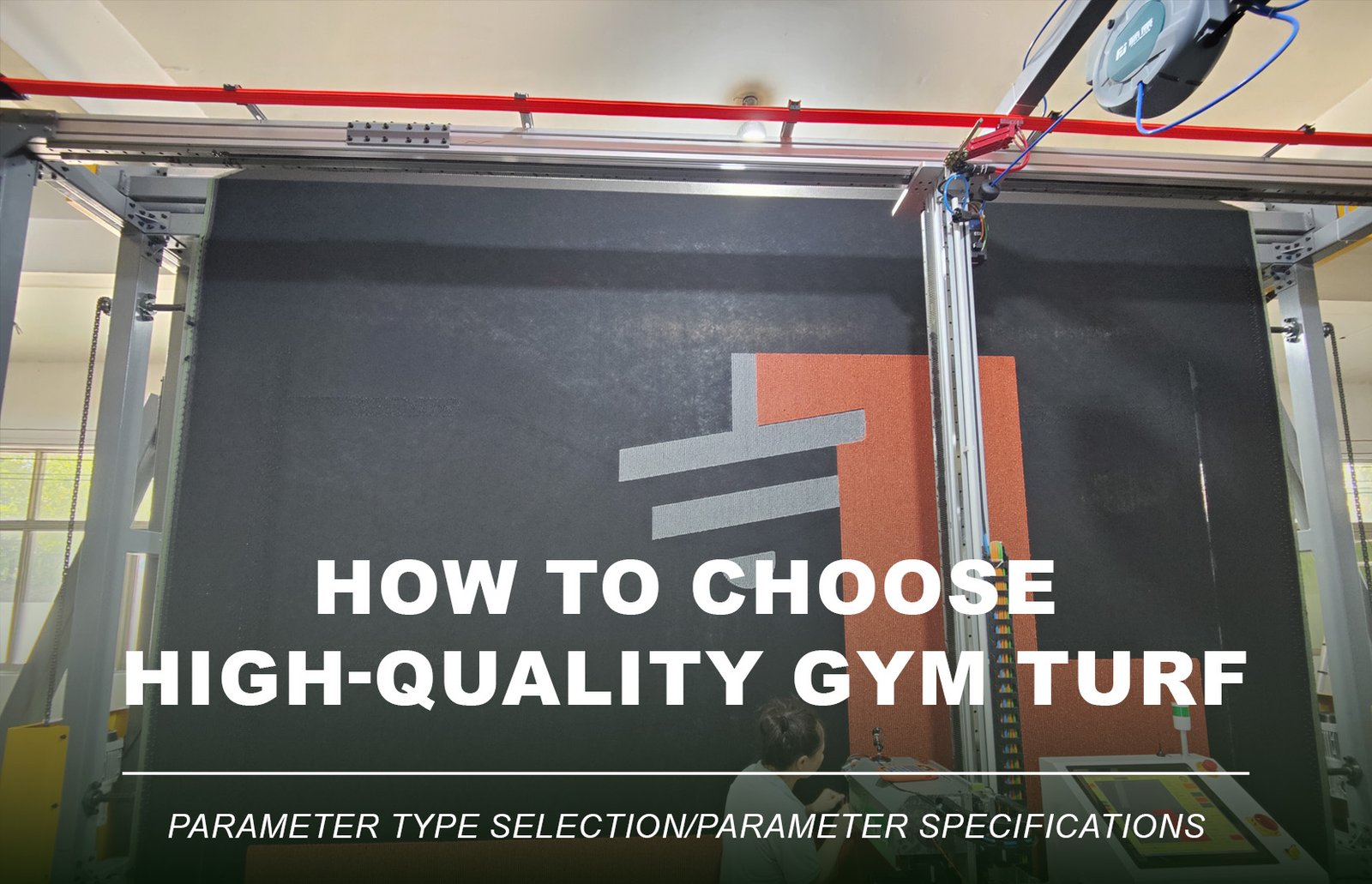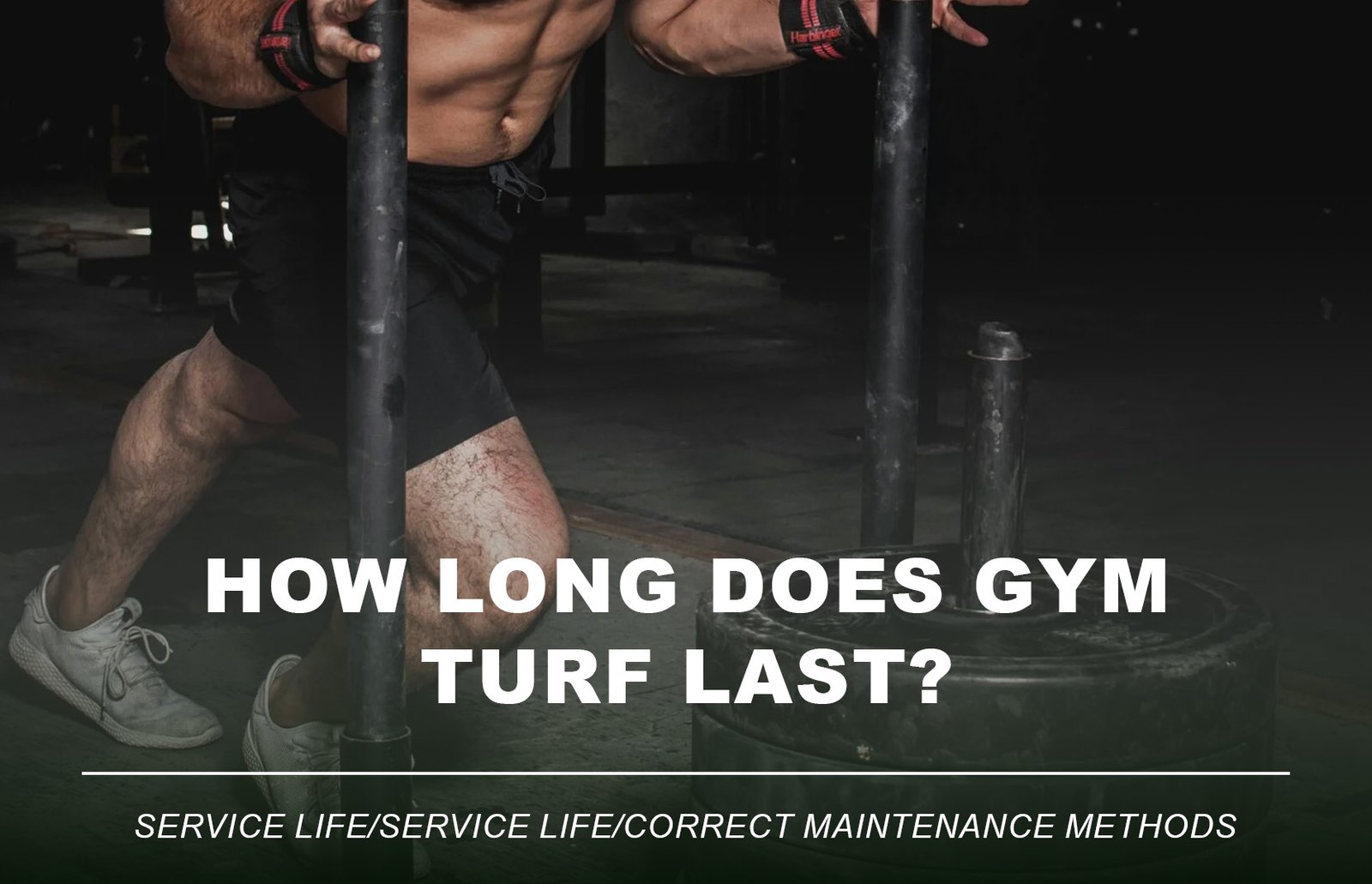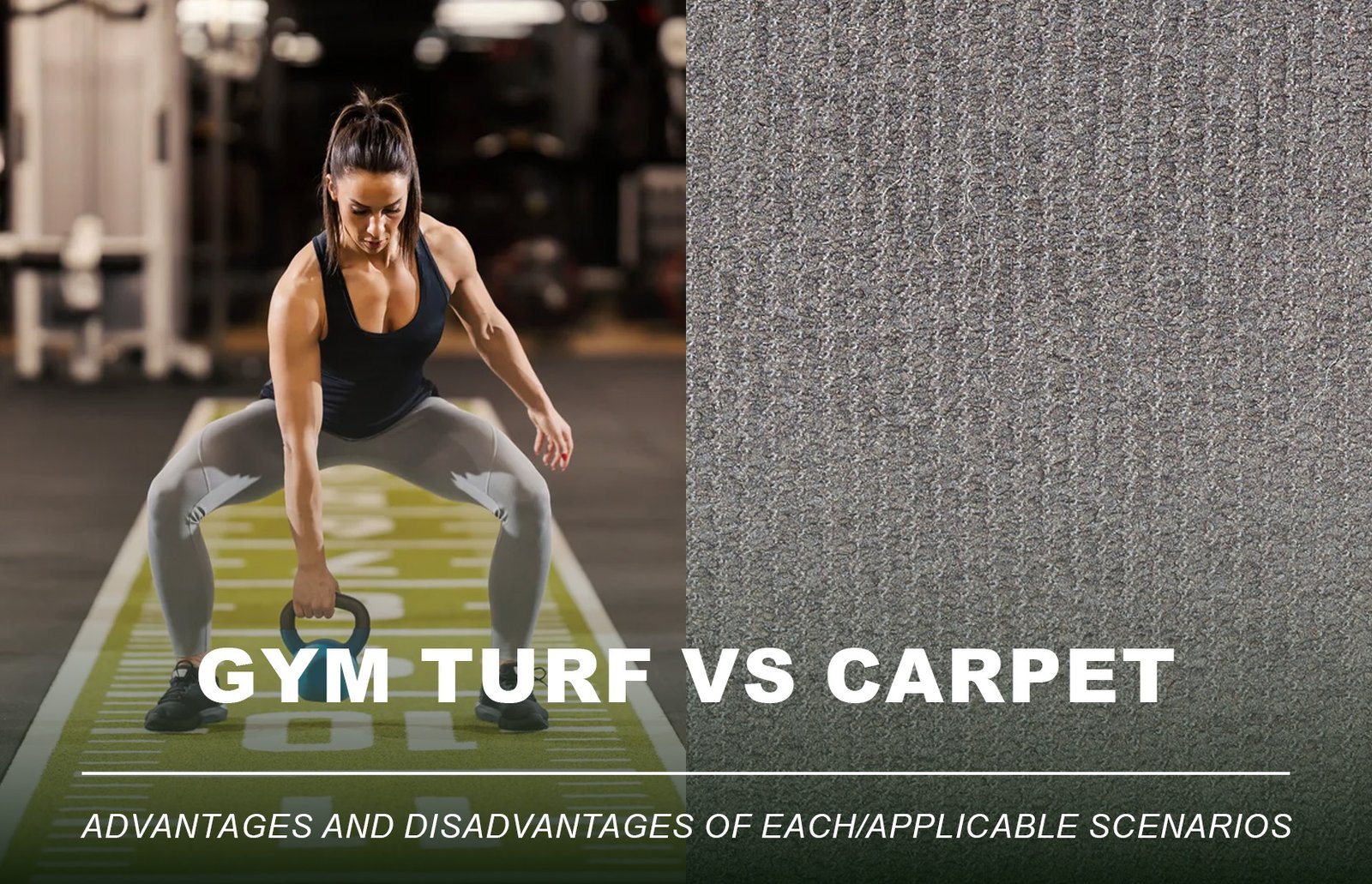
When it comes to outfitting a high-performance training space—whether for HYROX, CrossFit, HIIT, or sled workouts—not all gym turf is created equal.
Two turf rolls might look identical on the surface, but what’s underneath can mean the difference between durability and disappointment. To avoid early wear, athlete discomfort, or equipment issues, it’s critical to understand the technical parameters that define high-quality gym turf.



In this guide, we break down the essential specs you should consider before making a purchase.
1.Why Technical Specs Matter in Gym Turf Selection
Gym turf is more than just a floor covering—it’s a performance surface. From sled pushing to agility drills and burpee broad jumps, the flooring needs to absorb impact, resist wear, and support explosive movement.




Without the right specs, turf can:
- Flatten or wear out prematurely
- Become slippery or unstable
- Fail to provide necessary traction or shock absorption
- Lose its visual appeal (lines, colors, logos)
Target keywords: gym turf specifications, functional training turf specs, turf quality guide
2.Fiber Material: The Core of Performance
The turf fiber—also called “grass yarn”—is what athletes step on. The material impacts durability, softness, grip, and visual feel.
(1)Common Turf Fiber Types:
| 材质类型 | 特点与适用建议 |
| PE(聚乙烯) | 柔韧、耐磨,常用于中高端健身草坪 |
| PP(聚丙烯) | 成本低,但抗磨差,不建议用于高频训练区 |
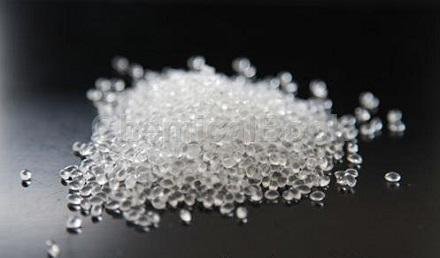
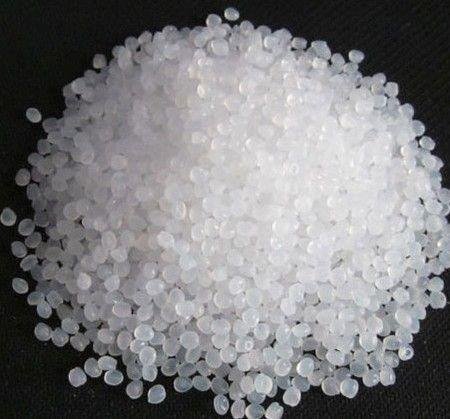
Recommendation:
Choose PE for professional gym use. Avoid PP for sled or heavy training zones.
3.Pile Height: Lower for Power, Higher for Comfort
Pile height refers to the length of the turf fibers. It affects movement smoothness, resistance, and impact absorption.
(1)Suggested Pile Heights by Training Type:
- 10–13mm – Ideal for sled push/pull, sprinting, CrossFit
- 14–18mm – Good for multi-purpose training zones
- 20mm+ – Mostly used for decoration or light traffic areas




Pro Tip:
Shorter pile = better sled resistance and tighter surface feel.
4.Turf Density & Gauge: Compression Matters

- Density refers to how many yarns are tufted per square meter
- Gauge is the spacing between stitch rows (e.g., 3/8″, 5/32″)
Higher density and tighter gauge offer:
- Better wear resistance
- Stronger surface structure
- Reduced fiber flattening
Ideal For: High-traffic zones, heavy equipment use, or competition-level turf tracks.
5.Backing System: The Engine Below the Turf
The turf’s backing system affects installation, grip, durability, and hygiene.
Common Backing Types:
| 背胶类型 | 特点与建议 |
| SBR | 标准橡胶背胶,经济但略重,气味较大 |
| PU | 高端环保背胶,轻质、无味、寿命更长 |

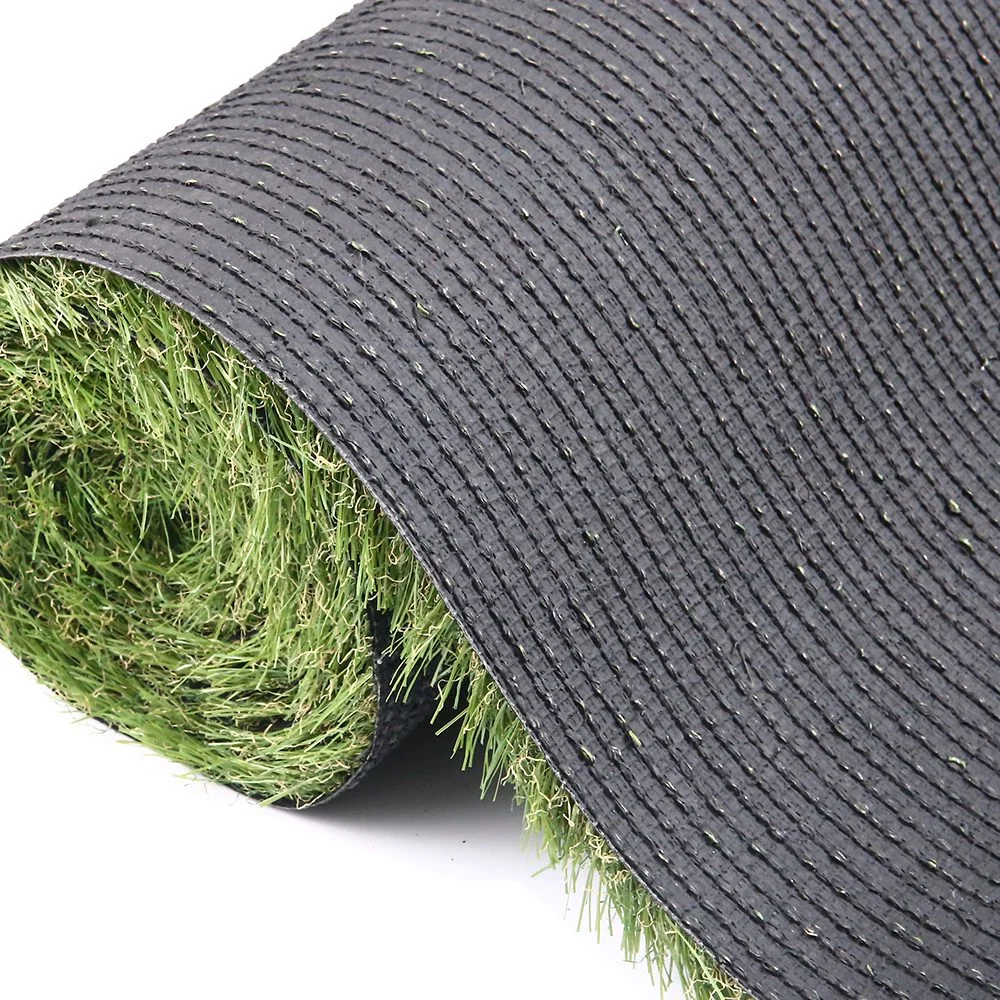
PU backing is recommended for premium fitness centers due to its elasticity, odor control, and long-term stability.
6.Bonus Specs: Add Value and Safety
In addition to the core specs, high-quality turf should also offer:
- ✅ UV Protection – Important for semi-outdoor or sun-exposed areas
- ✅ Antimicrobial Treatment – Prevents odor, bacteria buildup in sweat-heavy gyms
- ✅ Custom Features – Branded logos, sprint lanes, agility markers, etc.
7.Conclusion: Specs Define Performance, Not Just Price
Choosing gym turf isn’t just about aesthetics or price—it’s about technical performance.
Before you buy, ask for:
- Full spec sheets (materials, density, backing type)
- Application recommendations
- Samples for in-person testing
The right turf will last longer, feel better, and elevate your training space’s professionalism.
8.Need help choosing the right turf for your gym?
We offer:
